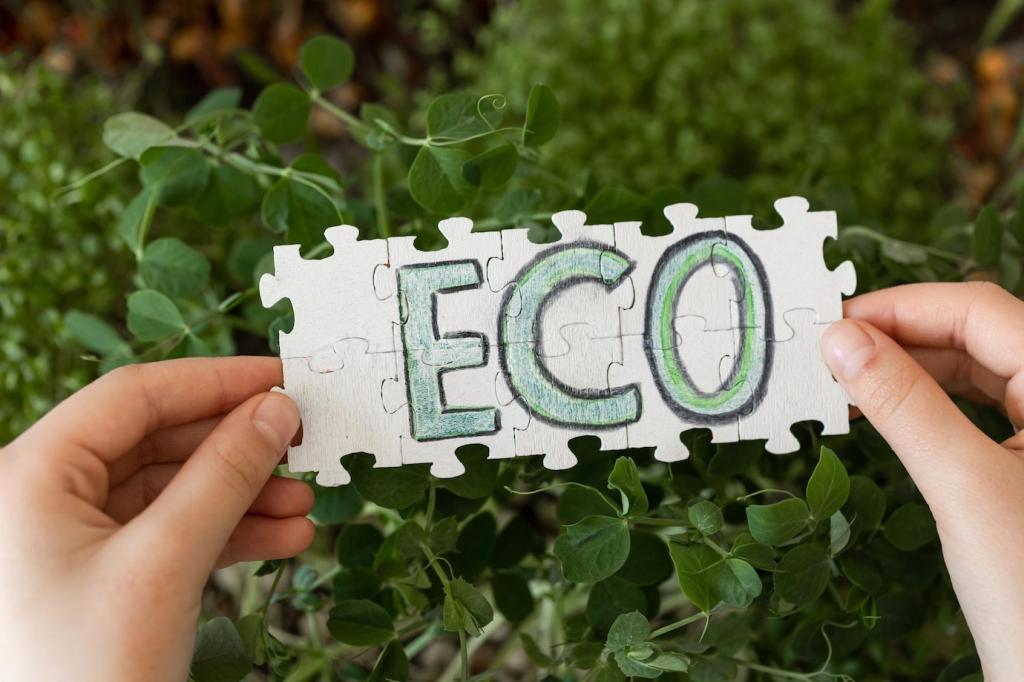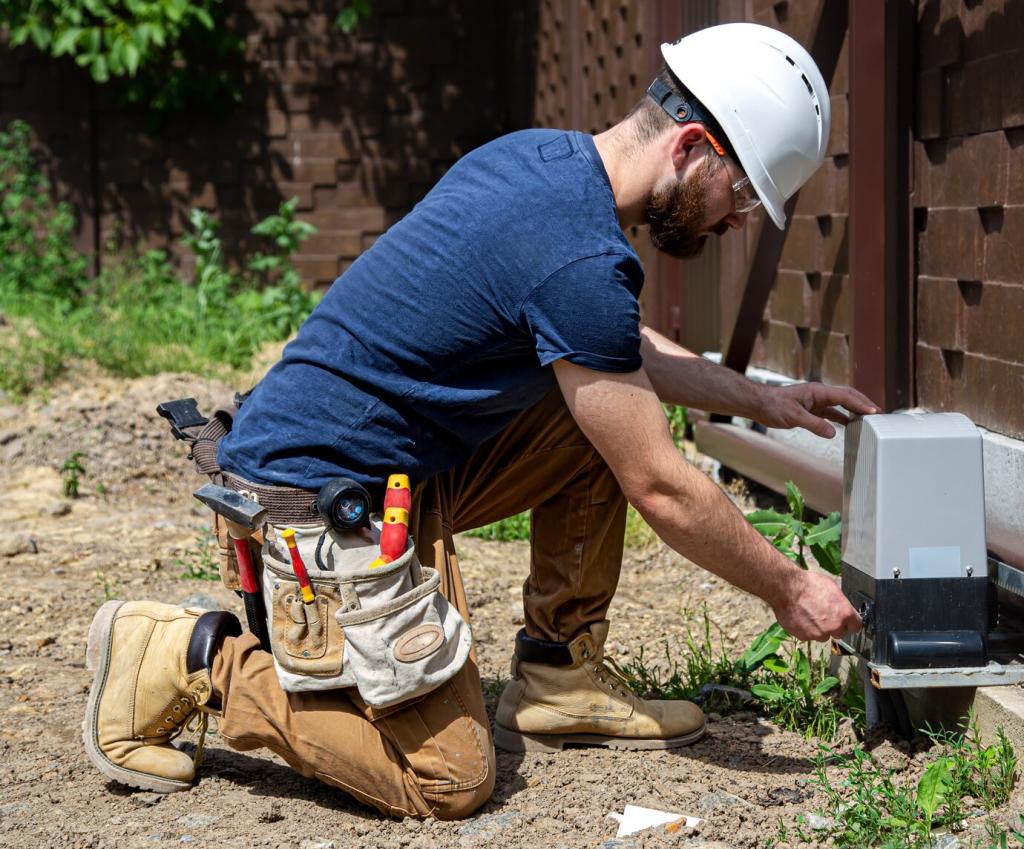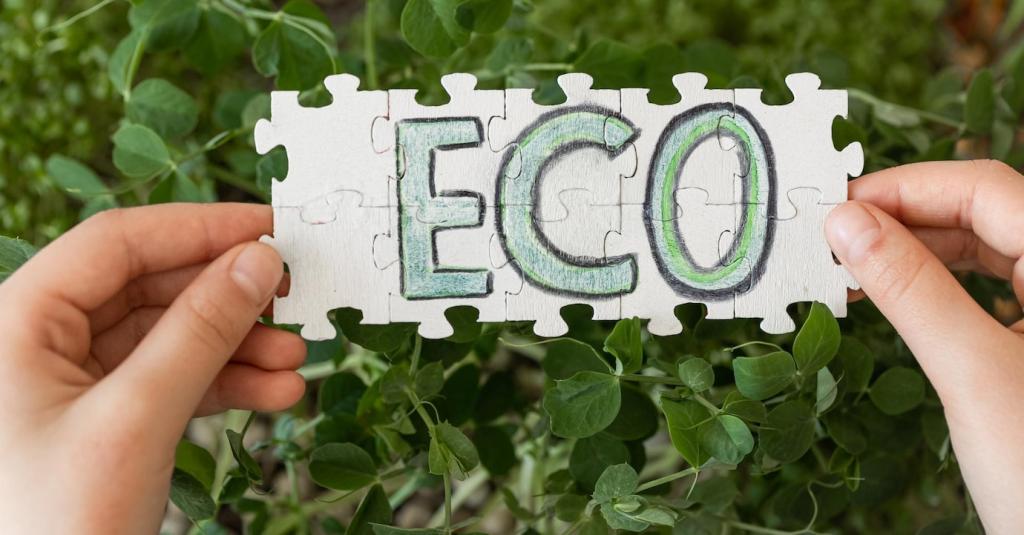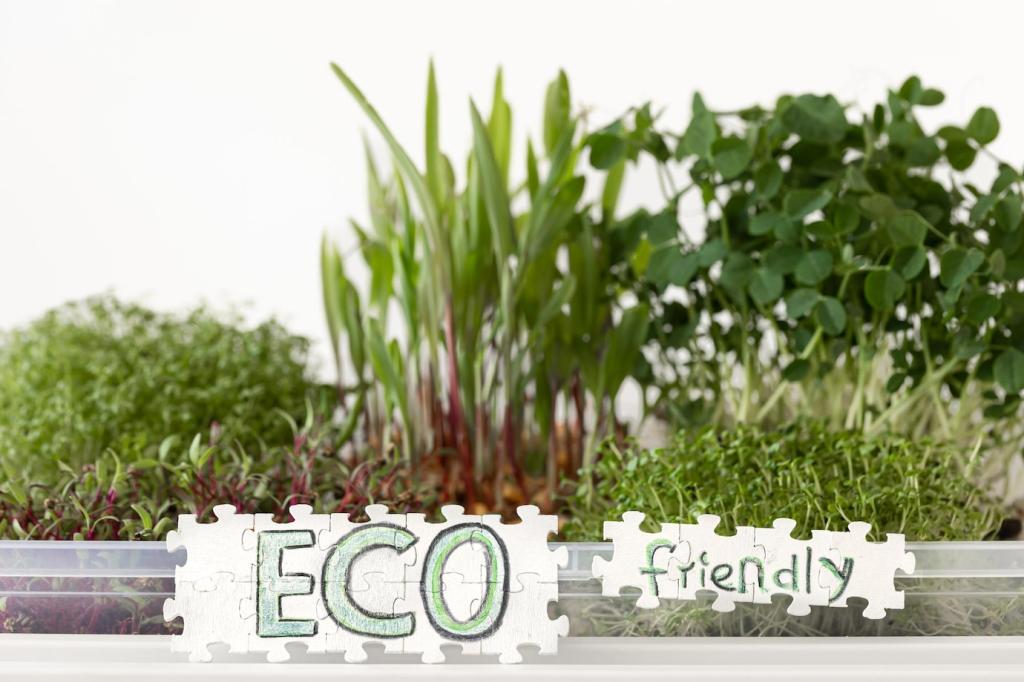A Story: The Heirloom Table With a Clear-Conscience Shine
When I inherited my grandmother’s oak table, harsh varnish felt wrong. A beeswax-carnauba mix, lightly scented with citrus, revived its warmth without a chemical haze. The first dinner felt like honoring both craft and earth.
A Story: The Heirloom Table With a Clear-Conscience Shine
I rushed the first coat, leaving faint swirls. Slowing down—thin applications, longer curing, gentler buffing—brought the glow. Each deliberate step reminded me sustainability is measured in moments, not minutes, and patience truly polishes character.







